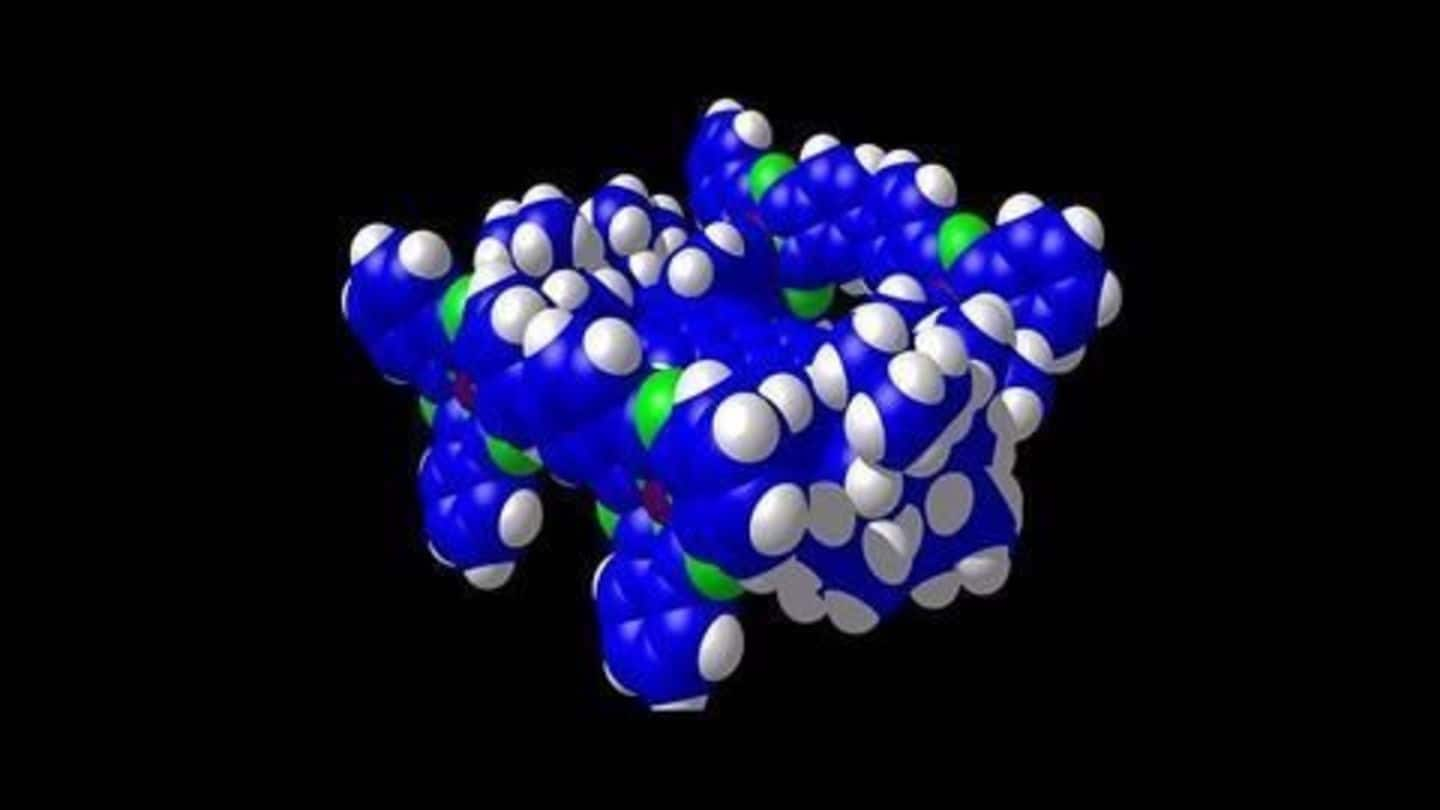
Nanocar Race: Molecular vehicles race on a nano-sized racecourse
What's the story
Scientists are gearing up for the world's first Nanocar race in France. France's National Centre for Scientific Research is organizing the 36-hour race from 11 am on 28 Apr'17. The vehicles -100 times smaller than DNA-molecule, 30,000 times thinner than a human hair, and a million times tinier than a millimeter- would race against each other on a minuscule racetrack made of gold atoms.
Race
Unique microscope to follow the race
According to the Nanocar race's official website, the tiny vehicles powered by minute electric pulses can have real wheels and an actual chassis. Though nothing is visible to the naked eye, a unique microscope in Toulouse can make it possible to follow the race. The international adventure would be broadcast live on the Nanocar race's official website, Facebook page, and YouTube Nanocar Race channel.
Information
A scientific and technological challenge
The Nanocars will square off the four tips of the unique microscope located in the CNRS's CEMES Research Centre in Toulouse. The competition is "first and foremost" a scientific and technological challenge.
Objective
Observation and control of molecule machines
Beyond competition, the researchers said the "overarching objective" behind the race is to "advance research" in observing and controlling molecule machines. More than just a race, the Nanocar Race is a scientific experiment at an international level that would be conducted in real time. It aims to test the performance of such machines and the scientific instruments used to control them.
Information
Uses of molecular machinery
Thanks to Nanocars, the coming years would probably witness the use of molecular machinery in manufacturing common machines like the atom-by-atom construction of electronic circuits, the atom-by-atom deconstruction of industrial waste, the capture of energy, etc.
Challenges
Numerous challenges in organizing the molecular vehicle race
Researchers said there have been several challenges in organizing the Nanocar race; from the selection of racetrack, which can accommodate all types of Nanocars, to adapting the scanning tunneling microscope. Participating teams had to overcome a series of challenging tasks like depositing and visualizing the molecules under the microscope, and meet numerous criteria (the structure and form of propulsion of molecules) in order to participate.
Multi-tip Microscope
CEMES-CRNS microscope allows simultaneous observation
The four-tip CEMES-CRNS microscope is the only one in the world that allows different researchers to experiment on the same surface. Development of multi-tip microscopes would enable synchronizing numerous molecule-machines to increase capacity, like for storing energy or capturing energy from a hot metallic surface. Thus, experimenters will gain a "unique" opportunity to implement highly-advanced techniques for simultaneous observation and independent maneuvering of Nanocars.
Information
Challenges facing the researchers
Four participating teams will reportedly take the place at the four-tip microscope's start-line for the 36-hour race in Toulouse on 28 April. The challenges facing the researchers during the race would be "so many steps forward in novel fields like chemistry and physics."